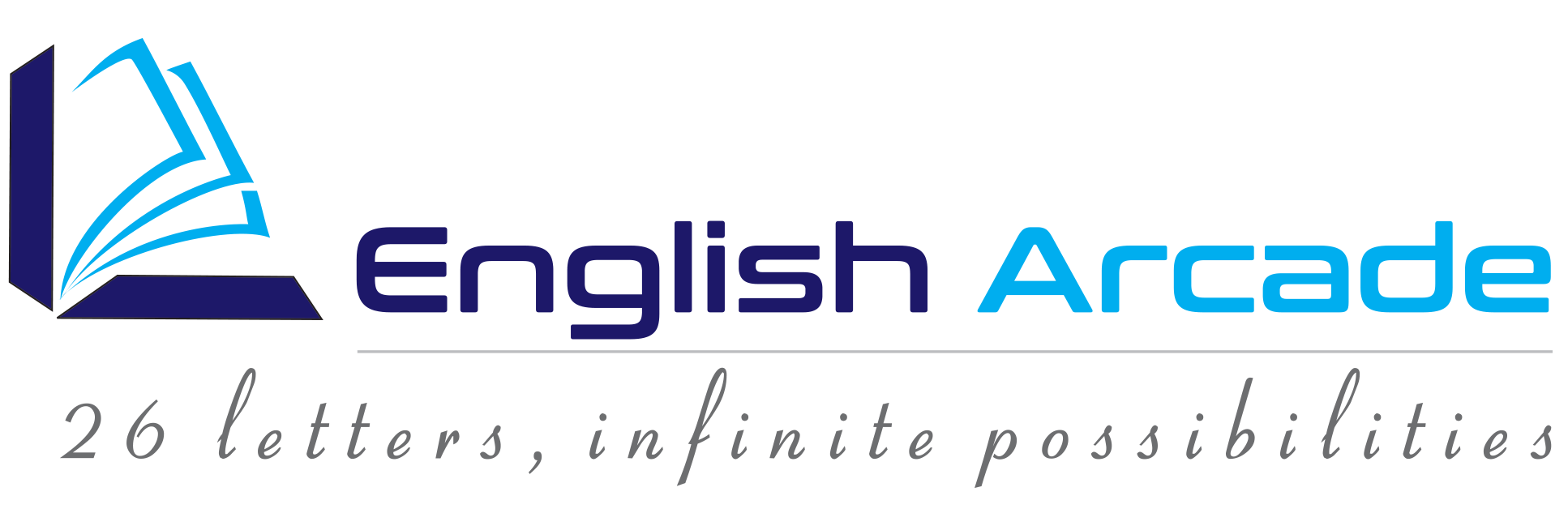Presentation Skills for Career Development.
In today’s tough professional environment, being able to give great presentations can really help you get ahead. Whether you’re sharing a project idea, leading a meeting, or talking to clients, being good at presenting yourself and your ideas is super important for moving up in your career. In this blog post, we’ll talk about why presentation skills matter for your career and give you some tips to help you get better at it. Why Presentation Skills Are Important: Being good at giving presentations is more than just speaking confidently in front of people. It’s about using different techniques to keep your audience interested, informed, and convinced. Here’s why having good presentation skills can help your career: Looking Professional: When you have good presentation skills, you come across as confident and professional. This imbibes a sense of trust in the people around you, whether they’re your coworkers, clients, or bosses. More Opportunities: Possessing the ability to give interesting presentations can open up new doors for you in your career. It might help you get promoted, acquire new clients, or lead an exciting project. Becoming a Leader: People who give good presentations are often seen as leaders who can inspire others. By working on your presenting game, you are showing that you can lead with clarity & passion. Building Client Relationships: Presentations are important when it comes to dealing with clients. A clear and convincing presentation is one of the most effective steps towards building stronger relationships with clients, which can lead to more business in the long run. Getting Noticed: When you give a great presentation, people naturally tend to pay attention to you. This can help you stand out, not just in your company, but in your industry as a whole. By sharing your knowledge, opinions as well as ideas, you can become an expert in your field and have more influence over others. Now that we have understood why presentation skills are important, lets go ahead and see what strong presentation skills can do for your career – How Are Strong Presentation Skills Helpful: Strong presentation skills are crucial for career advancement in many fields. Here are some tips to enhance your presentation skills and further your career development: Know Your Audience: Your presentation should be tailored to the needs, interests, and level of understanding of your audience. Researching your audience beforehand to understand their demographics, interests and preferences is always a good idea. Clear Objectives: Always set clear objectives for your presentation. What is it that your audience should learn or take away from your presentation? Structure your content accordingly. Organize Your Content: Construct your presentation with a clear beginning, middle and ending. Using an outline or storyboard to organize your main points logically is not just convenient and intuitive, but highly effective too. Engaging Opening: A strong opening tends to grab the audience’s attention. It could be a compelling story, a shocking statistic, a thought-provoking question, or a relevant quote. Visual Aids: Visual aids such as slides, graphs, charts, or images help in supporting your points and make your presentations more engaging. Ensure that the visuals are clear, relevant, and not overly cluttered. Practice, Practice, Practice: Practice your presentation well in advance so you are comfortable with the material and delivery. Some ways to practice include rehearsing in front of a mirror, recording yourself, or presenting to a friend or colleague and taking their real-time feedback. Confidence & Body Language: Your body language and vocal delivery should project a sense of confidence. Stand tall, make direct eye contact, and use gestures to emphasize key points. Speak calmly, clearly and at an appropriate pace. Interactive Elements: Adding some interactive elements such as questions, polls, or group activities will keep your audience engaged and encourage participation. Handle Q&A Sessions: Always be prepared for potential questions from your audience and be ready to answer them confidently. If you don’t know the answer, don’t be afraid to say so and offer to follow up later. Use the concept of a written parking lot to make a list of questions / doubts that need to be addressed later. Feedback & Continuous Improvement: Take feedback from colleagues, mentors, or audience members after your presentation. Immediately, if possible, while your presentation is still fresh in their minds. Use this feedback to identify areas for improvement and continue refining your presentation skills over time. Networking Opportunities: Use your presentations as opportunities to network and build relationships with colleagues, clients, or industry professionals. Engage with your audience before and after your presentation to establish connections and expand your professional network. Seek Professional Development: Taking courses or workshops on public speaking or presentation skills will help you further develop your abilities in this area. Focusing on these key areas & continuously honing your presentation skills will enhance your career prospects & make a lasting impression on your audience. What If You Lack Strong Presentation Skills: Missing Out: If you’re not good at presenting, you might miss chances to get promoted, win over clients, or lead projects. To get better, think about getting training or coaching. Limited Influence: Good presentations help you convince people and get them on your side. If you’re not good at this, it’s harder to get people to agree with you. Work on being more confident and clearer when you talk to others. Bad Reputation: If your presentations aren’t interesting, people might think you’re not good at your job. Spend a lot of time practicing and getting better at presenting so you come across as confident and capable. Reduced Effectiveness: If you can’t present well, it’s harder to explain things clearly and get people to listen to you. This can make meetings, negotiations, and talking to clients harder. Get feedback and supplement it with training to improve how you communicate. Limited Career Growth: In today’s competitive job world, being good at presenting is often really important for moving up in your career. If you’re not good at it, you might miss out on
Presentation Skills for Career Development. Read More »




